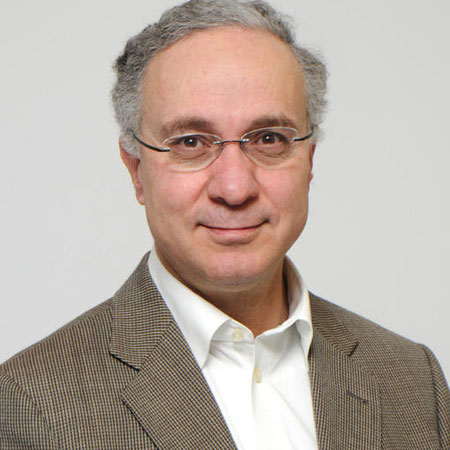
Aim
BOSS-2 (Birmingham Objective Scar Scale project) is a prospective study to examine the validity of a panel of objective burn scar measurement tools.
Background
Following significant advances in medical science, patients with burns that involve as much as 95% of their total body surface area, can now survive. This was achieved over the last 80 years with advances in burn resuscitation, critical care, early surgical intervention and intensive physical therapy programmes.
Unfortunately, research in to scarring does not match the tremendous improvement in survival following burn injury, and the quality of studies that have been conducted were hindered by a lack of validated, objective tools used to grade scars. Those currently used are prone to individual clinician bias, and thus, findings are not consistent.
This study aims to assess a group of patients from the time of their injury to the time of wound healing and for a subsequent 2 years, thereafter. We will measure their scars with a range of objective scar measuring tools that have been shown to work in a previous, smaller study, alongside subjective questionnaires that look at how the patients view their own scars, and the effect these scars have on their quality of life.
Additionally, small samples of the scars (biopsies) will be taken, which will allow us to understand the biological changes happening in the scar over 2 years. This may help us further identify potential treatments.
Method
This study aims to recruit 50 burn patients with an average of 3 scarred “areas of interest”. The patients will be recruited at the time of 95% wound healing and for 24 months, following. These areas of interest will be assessed, longitudinally, at 4 time points. Objective and subjective assessments at each time point will be recorded and histological scar assessment at 3, 12, 18 and 24 months will also be performed. The time to 95% healing of the “area of interest” will be used as a recognised standard to validate both the objective and the subjective tools.
These data will allow the creation of a standardised panel of objective scar measurement devices, which will form the basis of future scar therapy research (outcome measures for clinical trials) as well as further our understanding of the process of burn scar maturation.


